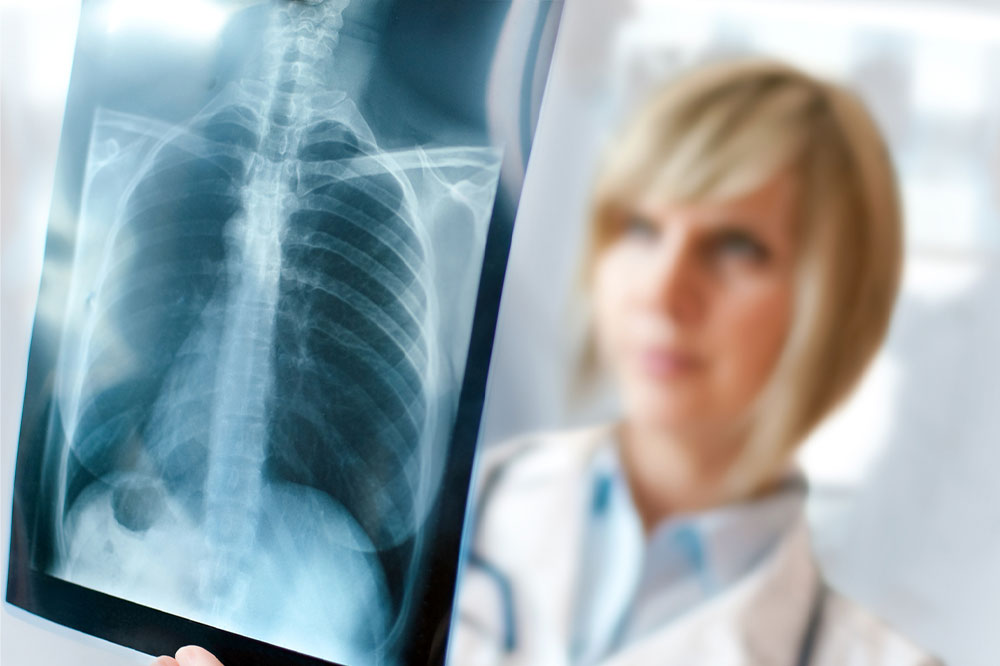Types and early signs of lung cancer

Lung cancer refers to cancerous growth beginning in one’s lungs and spreading to the other body parts. There are two major types of lung cancer – non-small cell lung cancer and small-cell lung cancer. As the condition progresses, cancer-causing cells may spread to other lymph nodes and body organs, including the brain, liver, adrenal glands, and bones. Early diagnosis and intervention are crucial for recovery. This article lists the types and early signs of lung cancer.
Types of lung cancer
Non-small cell lung cancer (NSCLC)
This is the most common type of lung cancer. Typically, this type of cancer develops under three conditions:
- Adenocarcinomas found in the lung’s outer region
- Squamous cell carcinomas found in the center of the lung
- Large-cell carcinomas found anywhere in the lung
Exposure to harmful substances like uranium, coal products, gasoline, mustard gas, and diesel exhaust can increase one’s risk of NSCLC.
Small-cell lung cancer (SCLC)
In this condition, malignant cells develop in one’s lung tissues. There are primarily two types of small-cell lung cancer – small-cell carcinoma (or oat cell cancer) and combined small-cell carcinoma. Chronic exposure to chromium, beryllium, soot, tar, etc., can increase one’s risk of SCLC. Radiation therapy performed in the breast to treat breast cancer can also increase one’s susceptibility to the condition.







